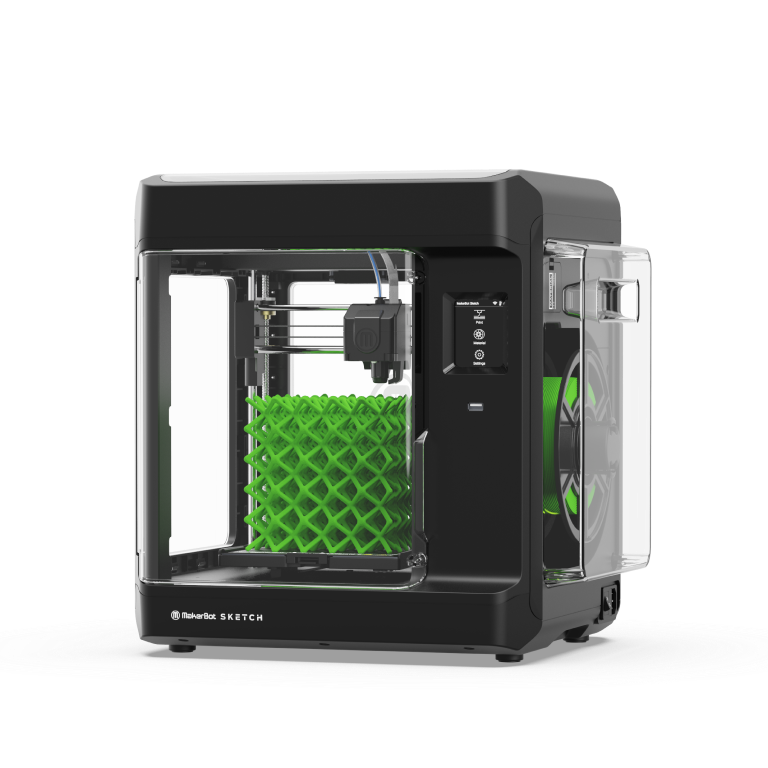3D printing has taken a formidable leap forward to become a cornerstone of modern manufacturing and design. At the forefront of this innovation is MakerBot, a brand synonymous with reliability and performance. However, in an expansive marketplace brimming with options, a pertinent question arises: Are there any 3D printers cheaper than MakerBot? This article delves into various categories of 3D printers that compete on price, offering insights into their capabilities, specifications, and potential drawbacks.
To commence, it is crucial to define what constitutes “cheaper” in terms of 3D printers. While MakerBot’s entry-level models typically range from $1,200 to $3,500, there exists a multitude of alternatives that cater to varying budgets. These alternatives can be broadly categorized into three domains: entry-level consumer printers, DIY kits, and industrial-grade machines that boast more competitive pricing structures.
Entry-Level Consumer Printers
Entry-level consumer 3D printers are tailored for novices and hobbyists. These machines generally offer user-friendly interfaces and pre-assembled options, making them accessible for individuals new to the realm of 3D printing.
One standout contender is the Creality Ender 3, which typically retails for under $300. The Ender 3 captures attention with its robust build volume, ease of modification, and a vibrant online community that offers vast resources and support. Despite its lower price point, it has garnered a reputation for reliability and impressive print quality, allowing users to achieve professional-grade results with careful calibration.
Another noteworthy entrant is the Anycubic i3 Mega, priced similarly to the Ender 3. This model boasts features such as a quick assembly process and a touchscreen interface, which enhances user engagement. The i3 Mega is particularly admired for its precision and consistency, attributes that may challenge even some models positioned in higher price brackets.
DIY Kits and Upgradable Models
For the more technically inclined, DIY kits offer an engaging opportunity to build a 3D printer from the ground up. These kits often cost significantly less than fully assembled printers. The Monoprice Select Mini 3D Printer is one such example, available for around $200. This compact machine comes fully assembled, yet invites users to alter its settings for an adjusted user experience, rendering it an ideal choice for experimentation and learning.
Furthermore, the Prusa Mini, although higher in price at approximately $400, represents a prime example of a kit that provides vast upgrade options. Originally designed to be modular, the Prusa Mini’s structure allows users to incorporate enhancements like additional print beds or upgraded extruders, making it a long-term investment. The extensive build quality and exceptional community support surrounding Prusa products underscore the competitive edge that DIY kits present.
Industrial-Grade Machines
The third category that warrants consideration involves industrial-grade printers that, surprisingly, offer competitive prices when compared to MakerBot’s offerings. These machines are engineered for high-volume production and exceptional accuracy, making them attractive to small businesses and startups.
Consider the FlashForge Creator Pro, an industrial-grade model priced under $600. It features dual extrusion capabilities, which enable the use of multiple materials in a single print. This versatility, alongside the ability to print with various filament types, enhances its appeal for those seeking to create complex prototypes or multi-material objects.
Another noteworthy mention is the Anycubic Photon, a resin-based printer that retails around $400. Resin printers yield remarkably high-resolution prints, ideal for intricate designs and detailed miniatures. Given its lower cost and exceptional output quality, the Photon provides a fascinating alternative for creators focused on precision rather than volume.
Assessing Reliability and Long-Term Value
While the allure of cheaper alternatives to MakerBot may be strong, it is imperative to assess the reliability and long-term value of these options. Lower-priced models often necessitate compromises in terms of build quality, customer support, and warranty provisions. Selection should be informed by specific usage contexts and the nature of projects a potential user aims to undertake.
Moreover, technical support and an active user community form crucial components of the 3D printing experience. Brands such as Creality and Prusa have developed robust online forums where users can exchange advice, share troubleshooting tips, and showcase their creations. The significance of belonging to a supportive community can rarely be overstated—especially for novices navigating the intricacies of printing technologies.
Conclusion
In summary, the realm of 3D printing offers a plethora of alternatives to MakerBot that are economically viable and technologically adept. From entry-level consumer printers to DIY kits and industrial machines, the market is rife with offerings that can satisfy diverse needs and budgets. By evaluating specific requirements and considering parameters such as print quality, user support, and upgrade potential, users can make informed decisions that align with their 3D printing aspirations. In undertaking this exploration, aspiring creators can discover a world of possibilities that transcends mere budget considerations, ultimately facilitating innovation and creativity in their endeavors.












